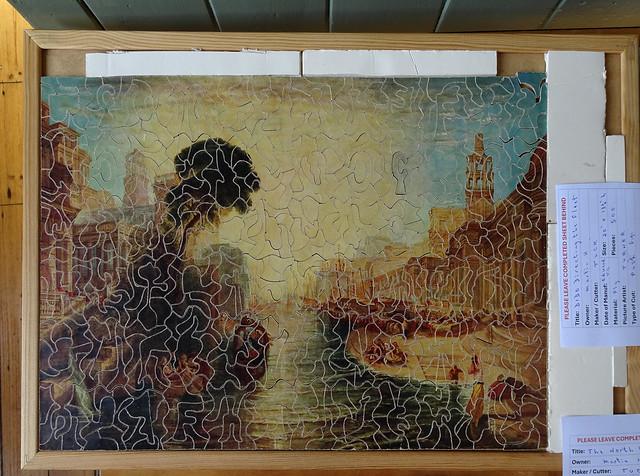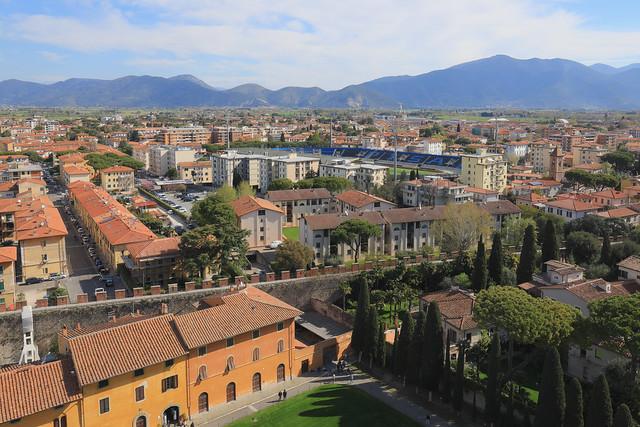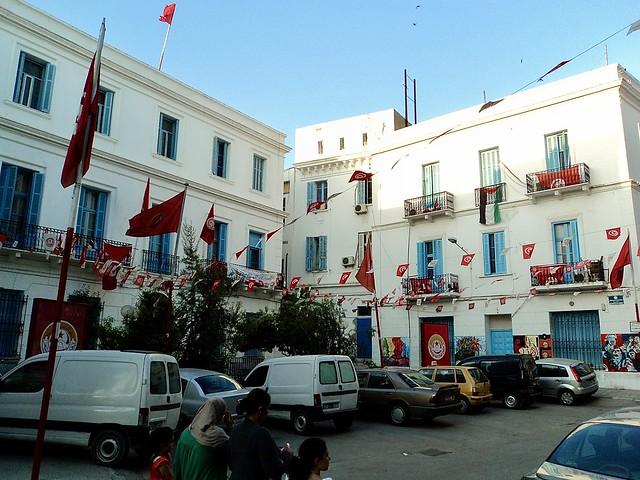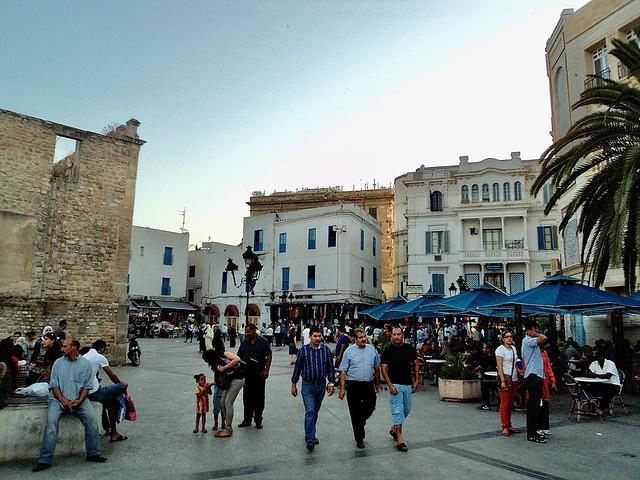



Carthage
Overview
Historical Significance
Carthage, a UNESCO World Heritage site, is a city steeped in rich history that dates back to its founding by the Phoenicians around 814 BC. Once a formidable rival to Rome, Carthage was the center of trade and culture in the Mediterranean. Visitors can explore the remnants of this ancient powerhouse through its archaeological sites, including the impressive Roman amphitheater and the Antonine Baths, which provide a glimpse into the grandeur of the city at its peak. The ruins tell a story of resilience, as the city was destroyed by the Romans in 146 BC, only to be rebuilt and flourish once again. Walking through the ruins, you can almost hear the echoes of the past, where powerful leaders like Hannibal once strategized against Roman forces.
Cultural Atmosphere
Today, Carthage exudes a unique blend of ancient and modern culture. The atmosphere is vibrant, with a palpable sense of history mingling with the daily lives of its residents. The local cafes and shops often feature traditional Tunisian crafts, such as pottery and textiles, providing visitors with a taste of the local craftsmanship. The rhythm of life here is relaxed, with locals often engaging in friendly conversations over mint tea. The proximity to the Mediterranean Sea adds to the charm, offering stunning views and a pleasant climate, making it a perfect spot for leisurely strolls along the coastline.
Local Characteristics
Carthage is characterized by its lush landscapes and beautiful parks, such as the Parc de la Villette, where visitors can enjoy a peaceful escape amidst palm trees and flowering gardens. The city is also home to several museums, including the National Museum of Carthage, which houses an extensive collection of artifacts that narrate the city’s storied past. The architecture here reflects various influences, from Roman ruins to Moorish designs, creating a visually captivating environment. Local markets, like the nearby Medina of Tunis, are easily accessible and offer an authentic experience of Tunisian culture, with stalls brimming with spices, fresh produce, and handmade goods.
Events and Festivals
Carthage is alive with cultural events and festivals that celebrate its heritage. The Carthage Film Festival, held every two years, showcases the best of African and Arab cinema, attracting filmmakers and audiences from around the world. Additionally, during the summer months, the Carthage International Festival features music, theater, and dance performances set against the backdrop of the ancient ruins, creating a magical atmosphere that captivates both locals and tourists alike. These events provide a wonderful opportunity for travelers to immerse themselves in the local culture while enjoying world-class entertainment.
Accessibility and Nearby Attractions
Situated just a short drive from the bustling capital city of Tunis, Carthage is easily accessible for travelers. Visitors can combine their trip to Carthage with a visit to nearby sites such as the picturesque village of Sidi Bou Said, known for its blue and white buildings and stunning views of the Mediterranean. This charming town is the perfect spot for a leisurely afternoon of exploring narrow streets adorned with bougainvillea and enjoying the local cuisine. The ease of access, combined with the rich history and cultural experiences, makes Carthage a must-visit destination for anyone traveling to Tunisia.
Other towns or cities you may like in Tunisia
Explore other cities that share similar charm and attractions.




